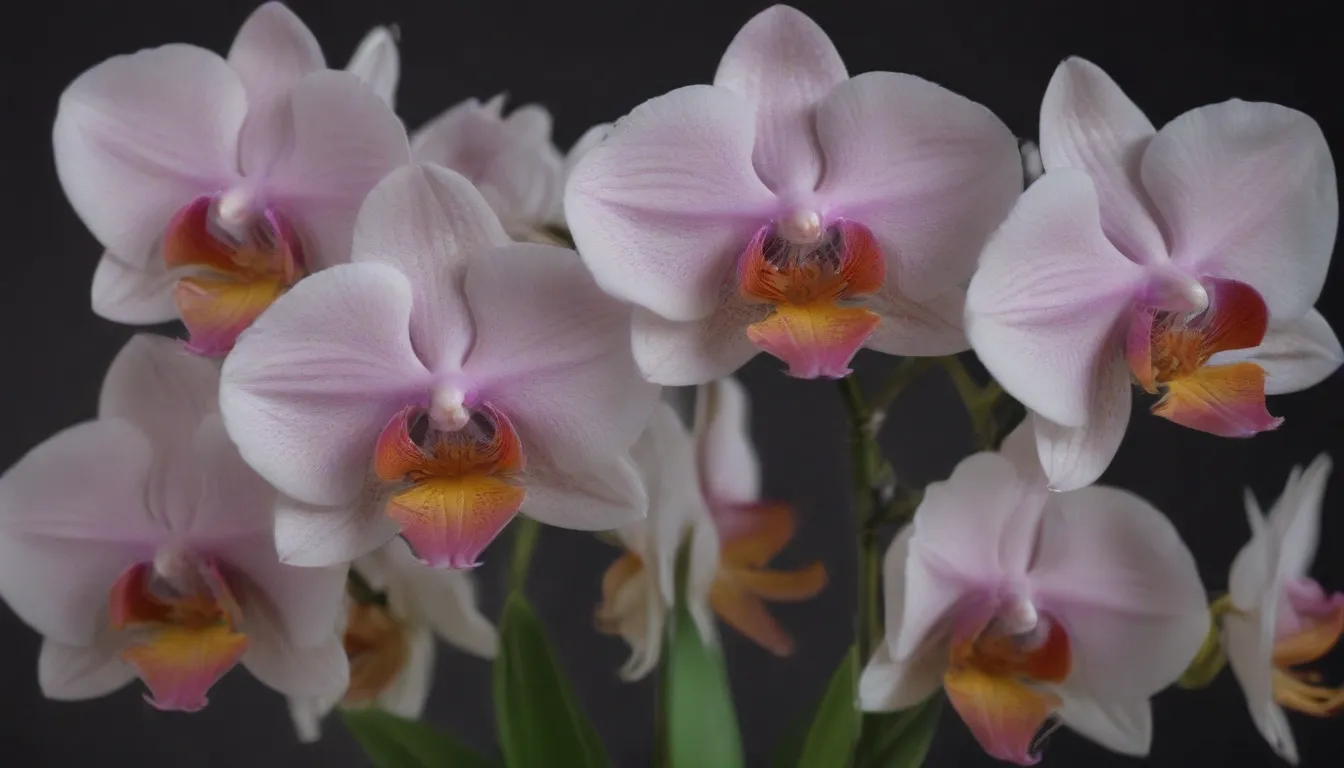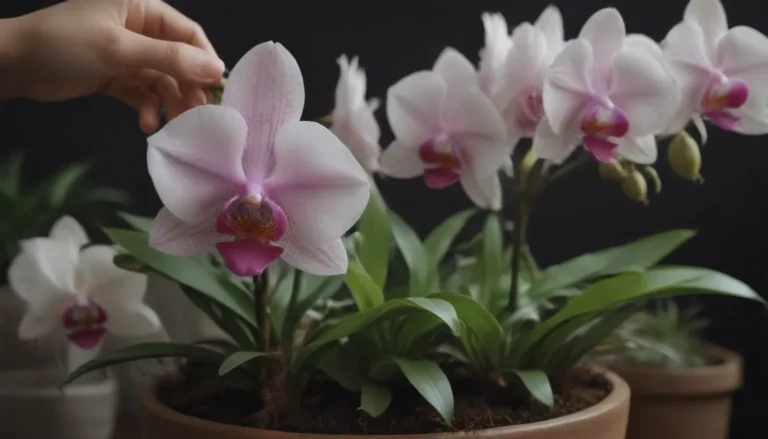The Ultimate Guide to Orchid Care: How Long Do Orchid Blooms Last and More

Are you an orchid enthusiast looking to unlock the secrets of these beautiful flowers? Orchids have captured the hearts of many plant lovers due to their stunning blooms and elegant foliage. In this comprehensive guide, we will explore the fascinating world of orchids, including how long their blooms last, essential care tips, and how to encourage your orchid to rebloom. Whether you’re a seasoned grower or just starting on your orchid journey, this article is packed with valuable information to help you nurture your plants to perfection.
Orchids: Nature’s Masterpieces
Orchids are more than just plants; they are works of art in nature. With their vibrant colors and intricate designs, orchid blooms are truly the pièce de résistance. From the popular Phalaenopsis orchids (moth orchids) to the exquisite Cattleya, Dendrobium, and Oncidium species, there is a wide variety of orchids to choose from for your collection. These blooms can last for about two months, but this duration may vary depending on the species, plant health, and care routine.
When the blooms eventually fade and fall, it’s easy to feel disappointed. However, don’t be disheartened – your orchid is simply entering a rest period and gearing up for its next spectacular show. While the gangly roots and leaves may not be as visually appealing as the blooms, with proper care and attention, your orchid will soon be ready to bloom again.
Caring for Blooming Orchids
If you’ve recently acquired a blooming orchid, you’re in for a treat. Orchid blooms are a sight to behold, lasting anywhere from six to ten weeks in most cases. To ensure your blooms stay fresh and vibrant, follow these essential care tips:
- Increase sunlight exposure to maintain bloom longevity.
- Fertilizing weekly can provide essential nutrients for healthy growth.
- Avoid overwatering, as this can lead to root rot and other issues.
- Keep the flowers dry to prevent mold or fungal growth.
Additionally, providing proper support for the flower stalks is crucial to prevent them from bending or breaking. You can use wire supports or create your own using simple materials like wooden dowels and twine.
Coaxing Your Orchid to Rebloom
As the blooms begin to fade and drop, it’s time to start preparing your orchid for its next blooming cycle. Patience is key during this process, as the plant may enter a rest period and go dormant for several months. By following basic care tips and maintaining a consistent care routine, you can encourage your orchid to rebloom successfully.
Remember that orchids have their own timeline for blooming, and it may not align with your expectations. Most orchids start their growth cycle in summer, with blooms appearing in fall, winter, or spring. Look out for signs of new leaves or accelerated growth, indicating that your orchid is gearing up for its next blooming phase.
Keeping Your Orchid Healthy and Thriving
To ensure your orchid thrives and blooms beautifully, it’s essential to provide optimal care throughout the year. Orchids are relatively low-maintenance plants, but they do have specific needs that must be met. Here are some key factors to consider for maintaining a healthy orchid:
- Light: Orchids need the right amount of light, whether it’s bright, indirect, or filtered. Adjust the light exposure as needed to promote healthy growth.
- Watering: Follow a regular watering schedule based on your orchid’s specific requirements. Overwatering can be detrimental to orchids, so ensure proper drainage and moisture levels.
- Growing medium: Choose a well-draining potting mix suitable for orchids to prevent root rot and provide adequate aeration.
- Temperature: Orchids thrive in stable temperatures, avoiding extreme fluctuations that can stress the plant.
- Humidity: Maintain a humid environment, especially for tropical orchids that prefer higher humidity levels.
- Fertilization: Regularly fertilize your orchid to supply essential nutrients for growth and blooming.
By consistently meeting these care needs, you can keep your orchid healthy and set the stage for future blooms. Remember, orchid care doesn’t end once the blooms fade – it’s a year-round commitment to nurturing your plant to its full potential.
Orchid Repotting and Maintenance
If your orchid has outgrown its pot or the growing medium has become compacted, it may be time to consider repotting. Repotting allows room for new growth and ensures proper root health. Research the specific requirements for your orchid species before repotting to avoid causing stress to the plant.
In some cases, orchids can rebloom on old stems if they are still viable. However, if the stem appears brown and dry, it’s best to trim it back to promote new growth. Maintaining a tidy and healthy orchid will increase the chances of successful reblooming in the future.
Conclusion: Orchids Unveiled
In conclusion, orchids are not just plants – they are captivating, living works of art waiting to bloom in your home. By understanding their unique care requirements, you can cultivate a thriving orchid collection that brings joy and beauty year-round.
Remember to be patient and observant when caring for your orchids, as each plant has its own growth cycle and blooming schedule. With proper care, attention to detail, and a touch of love, you can enjoy the beauty and elegance of orchids in your home for years to come.
So, dive into the world of orchids with confidence, armed with the knowledge and tools to nurture these magnificent plants. Your journey with orchids is just beginning, with endless opportunities for growth, learning, and blooming beauty. Happy orchid growing!





